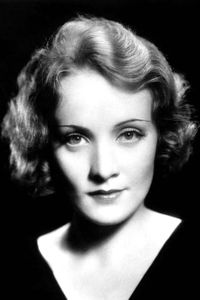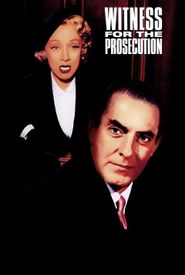Marlene Dietrich's early life was shaped by her father, a police lieutenant, who instilled in her a strong sense of discipline and responsibility. As a teenager, she was already making waves at school with her striking looks and captivating presence, earning her the nickname "bedroom eyes". Her first romantic entanglements were with a professor, which ultimately led to his termination.
As she entered adulthood, Marlene pursued a career in the cabaret scene in 1920s Germany, initially as a spectator and later as a singer. In 1923, she married Rudolf Sieber, a union that would last for 37 years, despite the couple living apart for most of that time.
Marlene's entry into the film industry was marked by a series of silent movies, gradually increasing in importance. Her breakthrough role came in 1930 with "The Blue Angel", directed by Josef von Sternberg, who would also become her lover. The film's success catapulted her to international stardom, and von Sternberg introduced her to Hollywood, signing a contract to produce all her films.
The 1930s saw Marlene become the highest-paid actress of her time, with a string of successful films. However, her later films in the mid-decade received mixed reviews and struggled at the box office. She returned to Europe, where she continued to work in film and theatre, while also embarking on a series of high-profile affairs with former co-stars and artistic figures.
In 1939, Marlene received an offer to star alongside James Stewart in a western, which she initially hesitated to accept. However, the film "Destry Rides Again" proved to be a critical and commercial success, cementing her status as a versatile actress who could excel in multiple genres.
During World War II, Marlene toured extensively for the Allied effort, using her fame to entertain troops and promote the war effort. After the war, she limited her film appearances, instead focusing on her career as a singer and performer. Her performances received rave reviews, and she even appeared on Broadway.
However, Marlene's later years were marked by struggles with addiction, particularly her reliance on alcohol. Her performances began to suffer, resulting in a compound fracture of her leg. Despite her physical limitations, Marlene remained active, albeit in private, maintaining close relationships with friends and associates until her passing in 1992.






























































